The gig economy ecosystem in India and the potential
How the diverse and hard-to-crack market is shaping up and the opportunities it presents
by Jayesh Singh and Harry Kapoor
Hey there, FutureX is an invite-only community for curious life-long learners to stay on top of the latest trends in business and technology, deep-dive into different industries and business models, and exchange mental models, decision-making frameworks, and leadership principles.
Click here to join FutureX Learning community on WhatsApp.
To receive more such reads, consider subscribing to our newsletter 👇
A choice or a way of life?
As generations pass by, people increasingly incline towards the alluring concept of 'being their own boss'. They seek the best of both worlds- freedom to pursue what they love (entrepreneurship) and the security that comes with a full-time job. In light of this sentiment, there are those who thrive at the intersection, as freelancers.
However, entrepreneurship does not necessarily come as a choice to everyone. In these trying times, companies would rather work with freelancers/gig workers against hiring full-time individuals on a payroll.
Additionally, entrepreneurship aligns better with those who are privileged, while an average person is almost always better off in a secure job. In a shrunken economy with only so many jobs around, the gig economy covers a significant market where the decision may not be by choice, but circumstances.
As a consequence, the exponential shift towards the gig economy on both sides of the table (employee and employer) is almost certain to proliferate across the globe.
By 2023, the gig economy is expected to be a $455B marketplace globally.
Composition of the gig economy:
Let's try and understand the gig economy by understanding it from the vantage point of both the key stakeholders, the gig worker/professional and the platforms that offer these services:
From the gig worker's perspective, the classification depends on the nature of work which is influenced by the education and adroitness of an individual. The requirement of education and skills increases as we move from blue-collar to white-collar gigs. The entire classification is as follows:
From the platform's perspective, the classification is drawn along the nature of services offered by the gig workers/professionals. The description of these services is as follows:
Here is another useful segmentation by Blume Ventures, which maps the Indian ecosystem players according to the skills and time required to do a gig. (explained in detail below)
Understanding the ecosystem and categories better:
As a result of rapid urbanisation and digital adoption (Jio-fication), we have seen an exponential rise in the number of platforms which promote the gig ecosystem across a wide array of jobs.
Blue-collar/ transportation-based:
88% of the gig economy's gross volume globally is generated from transportation-based services or asset-sharing platforms. No wonder, even India has seen a meteoric rise in the transportation based gig workers.
This category usually lies in the lower-left quadrant of skill x time graph.
Examples: The delivery personnel at Zomato & Swiggy, or the cab drivers at Ola & Uber.
Pink-collar/ Household services:
Routine chores like babysitting, driving, fetching groceries, and doing laundries are now being outsourced to freelancers who'd do it for you. As families continue to become smaller and dual-income, the need to oversee the fundamental responsibilities grows manifold and thus the requirement of more pink collar freelancers for household services.
Examples: Urban Company, BookMyBai
Grey-collar/ Service listing platforms:
Similarly, companies are increasingly preferring to outsource the non-core functions like Telecalling, Sales, Marketing, Data Entry etc. These would include both part-time gigs that can be done by college students, working professionals etc. and also full-time gigs by individuals.
Examples: Futwork, Gigforce, Gigindia, WorkIndia, Awign etc.
Shared economy
The shift towards shared/ rental economy against purchase economy has vitalized the asset-sharing services, be it for home/travel/accommodation sharing, equipment sharing, or car sharing. The demand for freelance services has increased with the shared economy. The workers here have quite some flexibility in how they work (both the timings and amount of work). Shared economy stems from the rise of platforms and marketplaces which aggregate demand and supply, thus offering more flexibility of work to the supply.
Examples: Airbnb, Uber, Ola, Nestaway etc.
White-collar/ Premium gig professionals
The professions that were traditionally reserved for the highest class of working professionals are now entrusting their execution to the gig workers. The gig economy market place has grown to accommodate core business operations like business consulting, financial modelling, product management etc. Below are some of the top in-demand skills in the gig economy for professionals.
Examples: Flexing it, GLG
Source: Economic Times
Gigs for training AI algorithms for automation
There is another category of companies which are trying to automate a lot of human processes and using AI, ML for the same. They also employ a large number of gig workers to train their algorithms by performing simple tasks such as Data Labeling, Tagging, Image classification etc.
Examples: Playment, Squadstack etc.
How big is the market?
As ASSOCHAM reported, 1 in every 4 freelancers globally is from India. Makes a statement, doesn't it?
The above statement testifies that the market size for Indian companies does not limit to the spend of Indian companies. Especially with COVID19 making remote work more acceptable, the market potential is increasing across India, and globally.
There are several estimates of what the market size could be, but it is hard to generalize the market size of a startup in the gig economy space. The market varies from blue to white-collar, and from transportation services to design professionals, all of which cannot be done by a single player. Hence, the market size varies across every segment of the gig economy.
Blume Ventures predicts a market of ~ $2.5-4B as the take-rate amount for companies in the gig & freelance economy on a gross service volume of ~$155B (wages in Indian private sector). (Link)
We believe, with only ~20% of working India being salaried, there is a huge scope of defining gig workers and predicting the market size. Everyone from Meesho to Urban Company, and Zomato to a CA firm employs gig & freelance workers, but the kind of work and personnel vary a lot.
Additionally, as per Flexing It, 20-30% of the high-end professional services are currently being delivered by gig force globally, which signals high potential across professions.
Are there any tailwinds or reasons to build in this space now?
The 'Why' behind building a company in this space has never been more justified. With the Jio-fication of the Internet and digital adoption across social, content, & news, seeking employment comes next for the 500M Indians on the internet.
Covid19 in 2020 has further accelerated digital adoption, remote work etc. making freelance and gig work seem more plausible than ever. The blue-collar and low skilled workers have seen massive attrition in 2020 and would be looking for any gig employment they can get to come back to the workforce and earn their daily bread. A massive opportunity unfolds before our eyes.
Start-ups creating a buzz in the space
Emerging models in the gig economy have been increasingly claiming ground in the market and we have seen quite some action by VCs, which is only going to increase over the next few years.
Recruitment Marketplaces vs. Fulfillment Marketplaces vs. Staffing companies
In the past few years, we have increasingly witnessed marketplaces come up that connects employers with gig workers. Some of them serve as a recruitment marketplace or listing platforms that help in hiring gig workers directly (like Naukri does for full-time jobs). Some others also take responsibility for fulfilment of a particular project (more like an outsourced service, say running a sales workforce to achieve pre-set targets) while keeping the workers on a pay-per-outcome marketplace model itself. Whereas the traditional staffing players like Quess hire such gig workers full-time on payroll vs. a marketplace model.
Blue/ grey-collar/ low-end white-collar marketplaces for recruitment - Apna, Workindia, Betterplace (entire lifecycle management), Vahaan
Fulfilment (both students and full-time) - Gigforce, Awign, Okaygo, Gigindia, Futwork
On payroll - Quess, Teamlease (and BPOs)
For the white-collar jobs, players like Flexing it, Tapchief, GLG, Upwork, Fiverr majorly offer recruitment services for premium gig professionals.
Managed vs. Open marketplaces | Horizontal vs. Vertical marketplaces
Some of the marketplaces like GLG, Flexing It are managed marketplaces with a specialized network of professionals whereas others like Upwork and Fiverr are open and horizontal marketplaces that operate across multiple domains. Domain-specific vertical marketplaces like Pepper Content for content writing are also emerging.
The ecosystem of tools and platforms for gig professionals
With a large number of people turning freelancers, they also need various tools like invoicing, payment, expense management etc which are more affordable and made for individuals, ahead of companies. A start-up Refrens built tools for the same and adopted a typical strategy of building a marketplace by first building one-side independently.
Similarly, a lot of tools and community platforms are being launched to enable the creator/ passion economy (artists, singers, Youtubers etc.), especially in the US. Some of them are Patreon, OnlyFans, Buymeacoffee (Indian founder) etc. Upcoming ones in India are Creatorstack, Tagmango, Pubninja etc.
"Gig Economy"
Gig Economy isn't just an industry. It is an entire economy. The scope of its expansion is as wide as that of the global service sector. Every service could be emulated in a freelance context and it'd become a part of the gig economy.
Additionally, the entire buzz around the 'creator economy' lends itself to the same sentiment of wanting to be your own boss, having flexibility and building your brand. Hence, gaming live streamers and social media influencers are also part of the freelance creator economy. There could be another full-length piece on the same and hopefully, we will bring that to you soon!
Whitespaces and opportunities for entrepreneurs
While the gig space appears extremely lucrative for the companies and freelancers, there's an even bigger opportunity for the always-hunting-for-large-markets individuals - the entrepreneurs.
Other than a large opportunity for upcoming marketplaces and tools/ platforms highlighted above, here are some unique categories that we see coming up in near future:
A standard evaluation system for hiring freelancers (vertical)
The marketplace model suffers from the problem of plenty and can be oblivious of reliability and quality. You might find 100 professionals offering a particular service on Upwork or Apna, but how do you evaluate and select 'the one'.
Whether you want to hire a freelance content writer or a programmer or a chef, you'd want to see their rating or evaluate them based on their skills and past work. Especially, in case of medium to high skilled work, this is critical. It's solved to an extent for Tech professionals (thanks to Github etc.), but we see a huge potential for other verticals like content writing, sales etc.
A central Gig Management & Showcase platform for freelancers (and probably companies)
Today a freelancer might be doing gigs over multiple platforms. Be it delivery personnel working for multiple players like Ola, Uber, Zomato, Dunzo or a designer working on projects from Upwork, Fiverr, Tapchief etc., everyone needs a single platform to track tasks, payments, work pipeline etc.
Also, they would want to showcase all their work to a potential future employer with a single view. List all your gigs over LinkedIn? But that'd merely be a list, right? Not to mention its inclination towards a limited type of professionals. A designer might also be a content writer and an SEO expert. Imagine a dynamic management platform to record, showcase, and analyse all your gigs along with reviews and detailed work. That'd be a freelancer's portfolio, reimagined.
Are you building in the space?
If you are a startup in this space or are planning to start up, would love to know you and help in more ways than one - please reach out.
Appendix and other interesting reads:
Each of the areas under the gig economy will have equally in-depth categories & structure. Here are some good reads:
Blue-collar thesis by Blume: Link
Professional gig economy (white-collar) by Flexing It: Link, Trends in India, How much they earn
Background verification players (key role in hiring) - India: IDFY, Helloverify, Global: CFirst, SpringverifyAuthbridge, Hireright, Firstadvantage
15M gig workers in 2018 as per TOI
How much do white-collar freelancers earn in India?
Paypal in a recent survey attempted to measure the average earnings for freelancers across India. While we suspect the study to have a sampling bias towards the white-collar end of the spectrum, the report revealed the average yearly earnings of the gig workers in India to be Rs. 19 Lakhs, from blue to white collar.
Source: Kool Kanya
The report further revealed that 19% of the freelancers earn less than Rs. 5 Lakhs. This slab is mostly dominated by the blue and pink-collar workers, along with the other novice entrants. 36% of the freelancers make somewhere between Rs. 7.5 Lakhs to Rs. 15 Lakhs.
23% further classify under the most prospective slab - Rs. 40-45 Lakhs annually. The white-collar executives who leverage from their years of experience into the industry and the established goodwill.
How much do blue-collar gig workers earn?
To scrutinize the earnings across blue-collar domains, we turn to a report from BetterPlace - A platform built exclusively for the blue-collar workers. The majority (>50%) of the blue-collar workers earn somewhere between 15-25k a month.
Source: BetterPlace
Benefits of Gig Economy
For the gig workers:
The flexibility of time and venue of work.
Control of one's work life.
Higher financial prospects.
Better applicability of skills.
For hiring professionals:
Specialised workforce.
No hassles of notice period/ onboarding or training.
Timeline and milestone-based efficient work.
Save cost.
45% of the HR heads surveyed wanted to hire a gig worker to supplement skills of the existing workforce, while 39% would do this to reduce the cost and 10% for filling temporary vacancies in their teams (as per Assocham).
Two sides to every coin: Following are the downsides of the gig economy
Statista claims, 77% of full-time freelancers work as independents to be their own boss. However, as strong as the sentiment might be, the transition often does not come that easy. The progression from a full-time job with a secured source of income to a career stocked with risk and uncertainty dictates copious amounts of courage.
Challenges for the gig workers:
Uncertainty of regular projects and thus regular income
Need to maintain an excellent track record and try to get referrals
No statutory benefits such as provident fund, gratuity, and bonus
No paid vacations, paid sick days, health insurance, and/or retirement benefits
No legal protection against discrimination and harassment
In India especially, the professional status of a freelancer is often questioned and/ or looked down upon by the society
But, it's getting better
In September 2019, the Labour Ministry proposed the demand for some elementary social security laws for gig economy workers in the Parliament. While it's being reviewed currently, the programme is expected to introduce benefits like pension, provident fund contributions, health insurance, unemployment wages, and more as an extension to various government schemes.
We see a huge need and scope for policy changes to support the gig economy infrastructure in India. In addition to the reinforcement by law-making authorities, it has to be liaised by the companies.
That's all for today. Hope you enjoyed reading and the piece intrigued you to deep-dive further! Share this with friends who might find it useful and subscribe if you haven’t already.



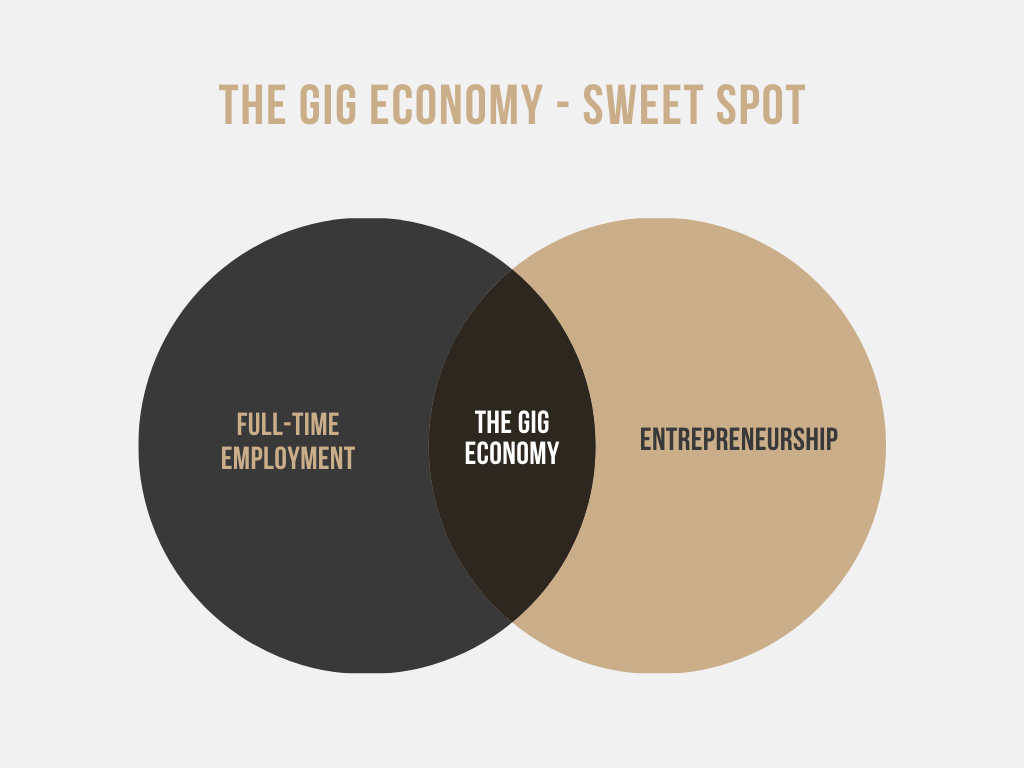
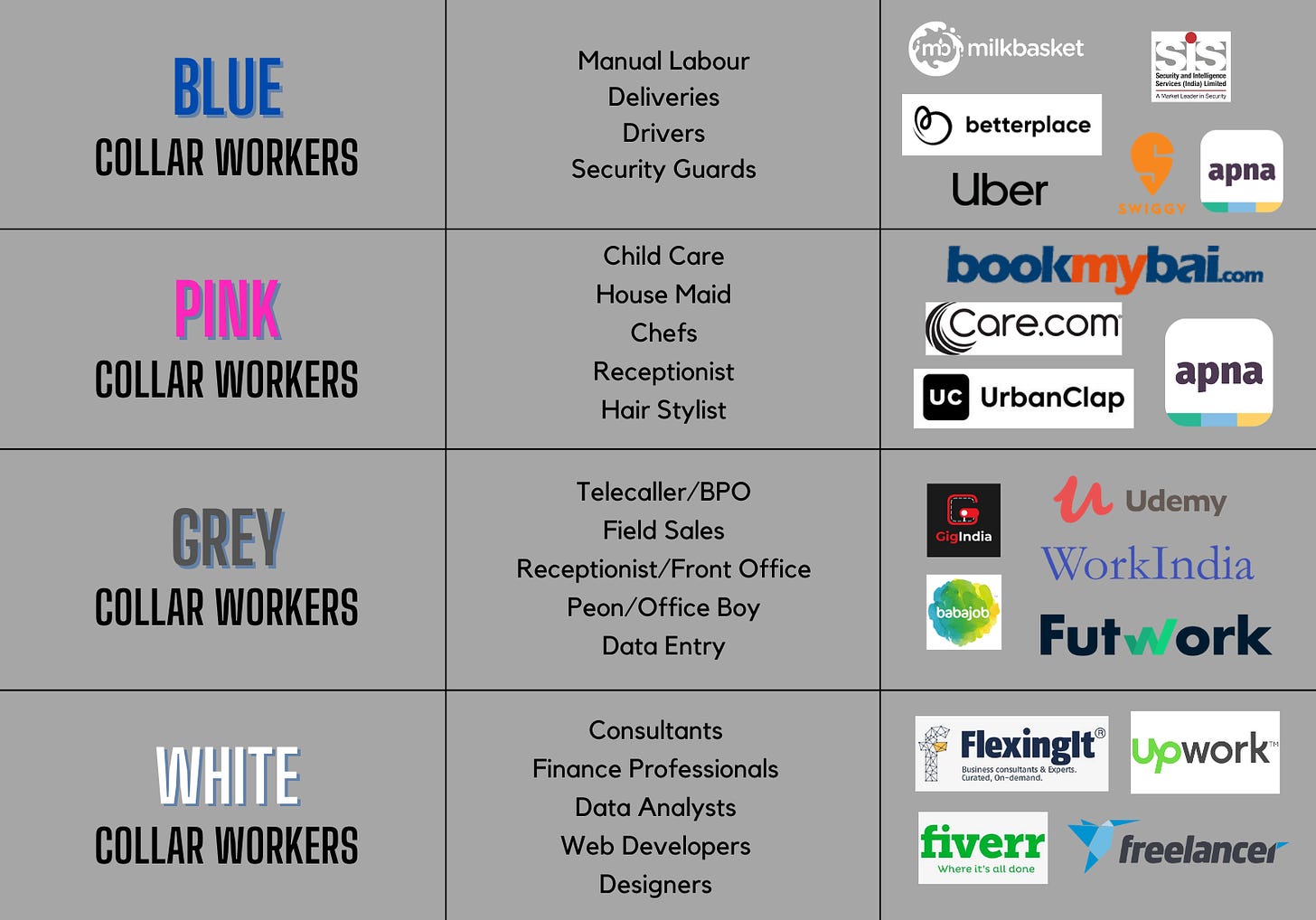
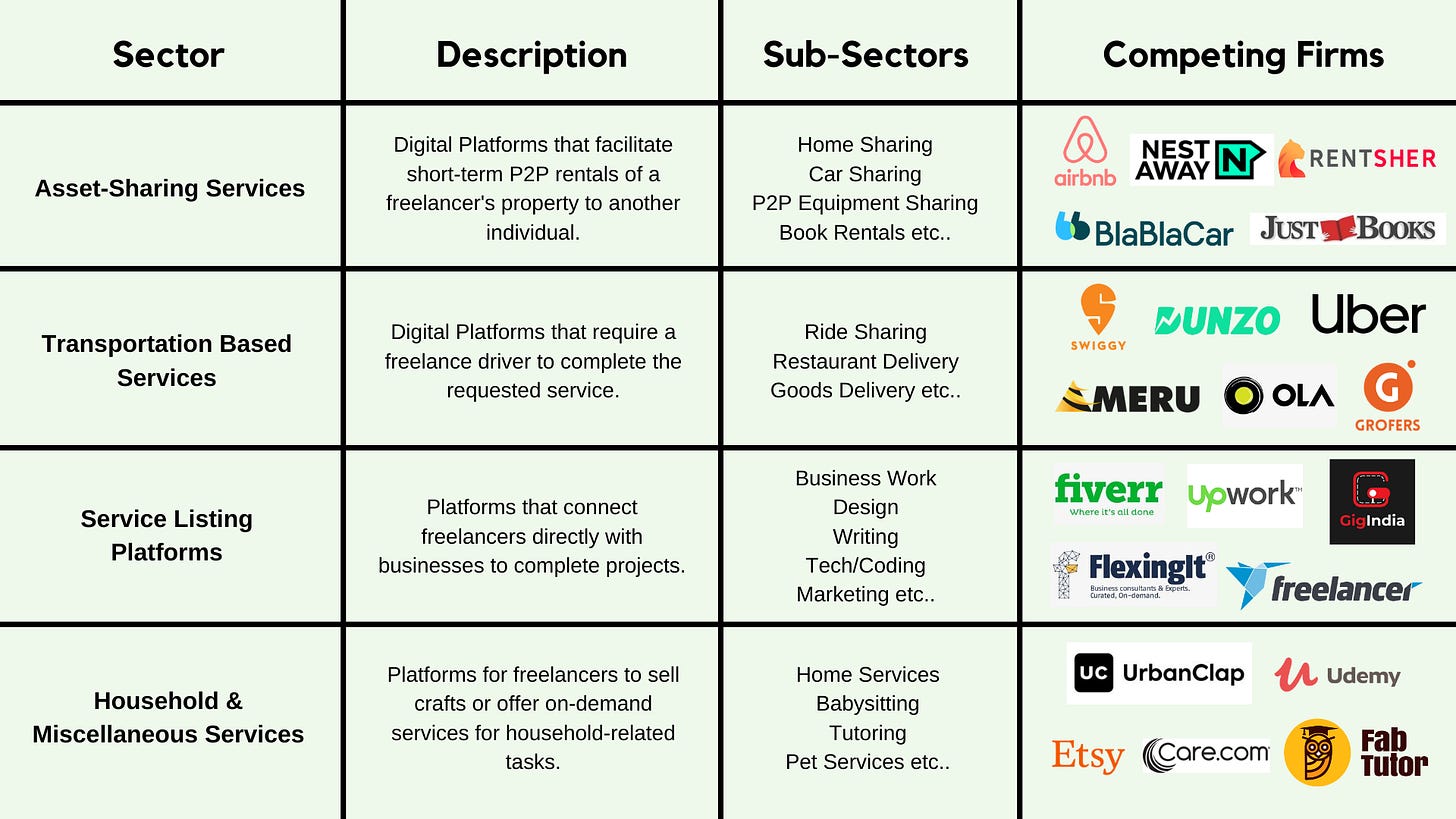
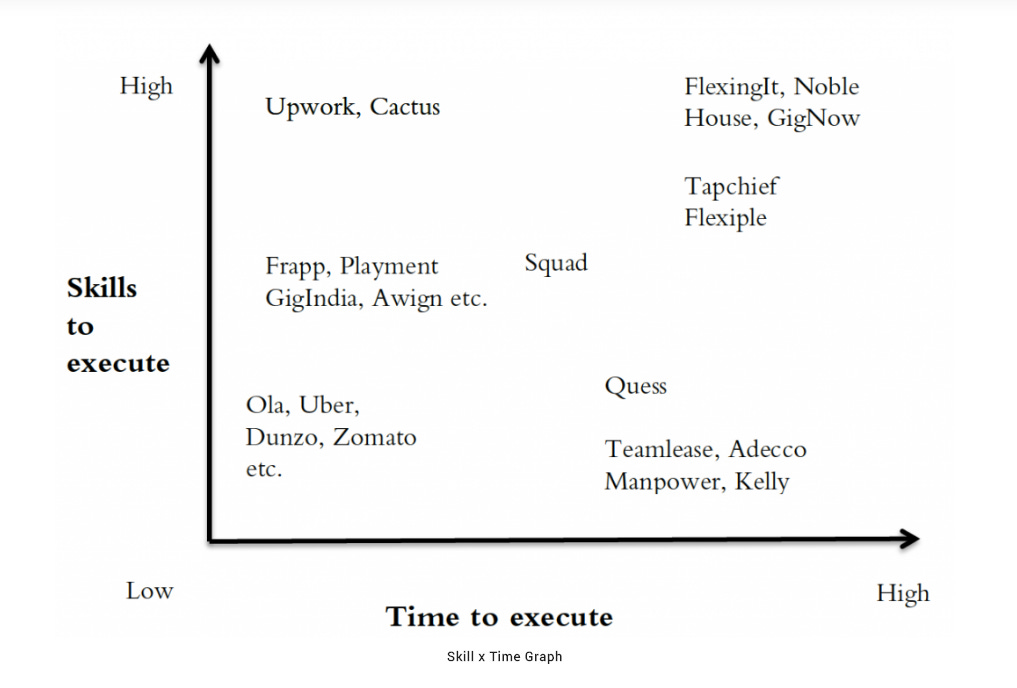
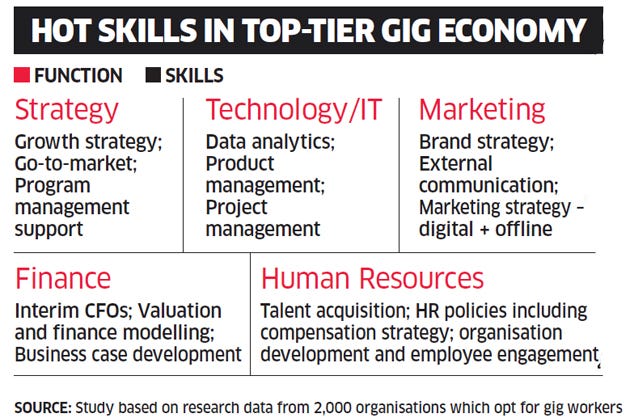
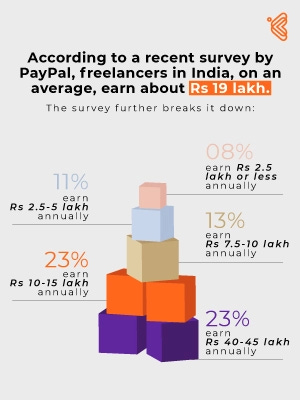
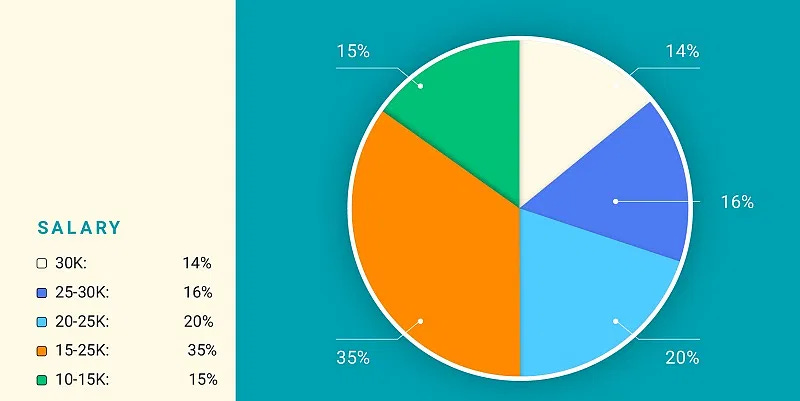
Try "Jobs In Education" - a one-stop solution for teaching job and non-teaching job openings in Pre Schools, Schools, Colleges, Private Coaching, College/Universities, Vocational Institutes, Edtech and other educational institutions across India. Employers need access to a relevant pool of employees to meet their needs and vice-versa. Jobs in Education bridges the road to the talented teaching and non-teaching staff.
https://www.jobsineducation.net/
Find or Post Gig Jobs on Giggy Website. No.1 website for Gig jobs.
https://giggy.in/